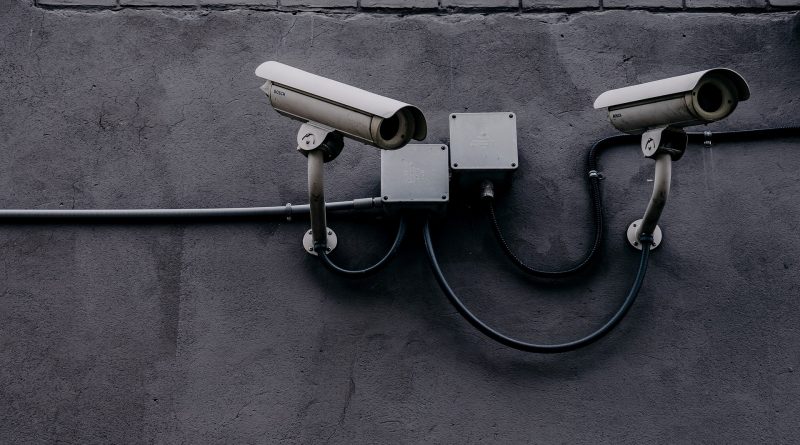A Brief Overview of Home Alarm Installation
Whether installed by the informed homeowner as a Do It Yourself job or by professional security system installers, every home alarm installation begins with decisions and a plan. The homeowner should consider whether the level of security is ideal for them and their family before deciding whether to install a monitored home alarm system, a local sound alarm, or an auto-dial system. Which areas of your property’s exterior need to be secured? What interior areas? Do you require a “zoned” security system, allowing you to disarm the alarms in some areas while maintaining their vigilance in others?
The next choice is whether a hard-wired or wireless setup is necessary. Since there are no batteries to change (or forget to change), a hard-wired security system is often seen as the best option. However, as technology advances, more and more people are choosing wireless security systems. You’ll almost certainly need a professional to install your system if it’s a hard-wired setup. Many wireless security systems are easy to install by homeowners with only a few screwdrivers, a drill, and your security equipment needed.
A strategy for the placement of each component of your system must be made before you or the authorized expert you have selected begins installing your home alarm system. Drilled holes and cables that are fished through walls, ceilings, and floors are required for a hard-wired installation. There won’t be nearly as much disruption with a wireless installation as there would be with a hard-wired one. Regardless, before the installation process starts, you must choose and plan the optimal position for each component of your home alarm system. Installation ought to be, for the most part, painless after the site plan has been made.
The siren and main board, sometimes known as the central control board, are often the first components to be installed. Once these are set up, further components are added, such as window, door, and glass-break sensors, motion, smoke, fire, and recording devices for both the inside and exterior, and video cameras and recording equipment. In circumstances when an auto-dial is desired or a professional monitoring service will be used, more keypads may be placed, phone lines or cables may be connected, and more. It is advisable to conduct a study before beginning the installation of any form of security system because there are so many options available.
Last but not least, you should test your home alarm installation to make sure everything functions properly and as planned. You should now make any necessary “tweaks” to your system. You can relax knowing your home and loved ones are protected to the best of your financial means and the capabilities of the home security system you have chosen once everything has been tested and you have determined everything with your new home alarm system is functioning as it should. I believe you will agree that the peace of mind you’ll feel is definitely worth the best.
